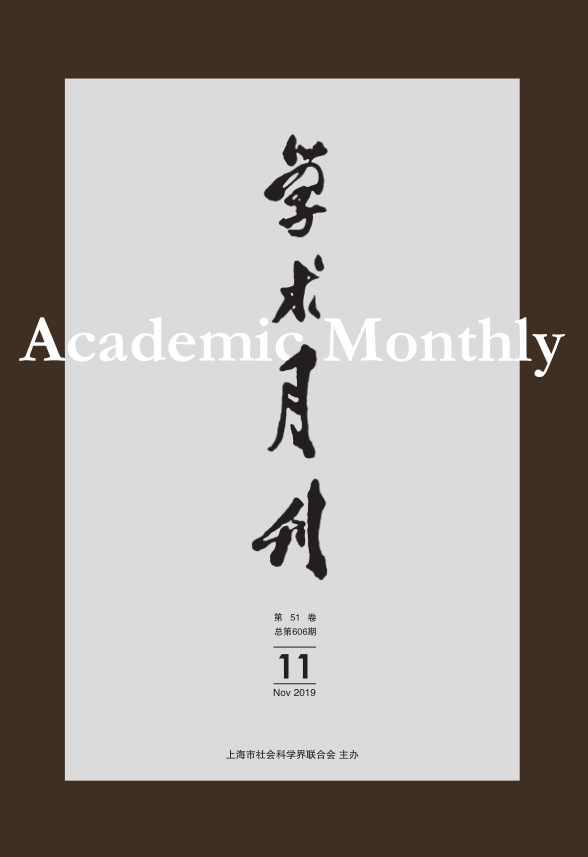“Identity between Bureaucratic Establishment and Legal System”: The Way of Great-Power Governance in Ancient China
- Available Online: 2019-11-01
Abstract: In ancient China, the main body of the society was distinctly differentiated into emperor, government officials and the common people by law. On this basis, there are five kinds of social relations which should be regulated by different laws according to their differences. The relationships in relation to government officials, namely the relations between emperor and government officials, between government officials themselves and between government officials and the common people, were specially regulated by means of the control of the key parts of the power structure and the key links of the power operation system. In this way can the order and efficiency of state governance and social management effectively promoted. Based on the special regulation of the relationships in relation to government officials and the behavior of the government officials, the civil and military officials were personally strictly regulated by the law and the construction of the institutional model “identity between bureaucratic establishment and legal system” (“官法同构”) was promoted. The institutional model “identity between bureaucratic establishment and legal system” accords with the essential requirements of the great-power governance in ancient China, a country with large population, vast territory and diverse culture. This institutional model plays a positive role in maintaining national unity, imperial power and the centralized political system, and then in achieving political stability, improving management efficiency and so on.



 沪公网安备 31010102003103号
沪公网安备 31010102003103号 DownLoad:
DownLoad: